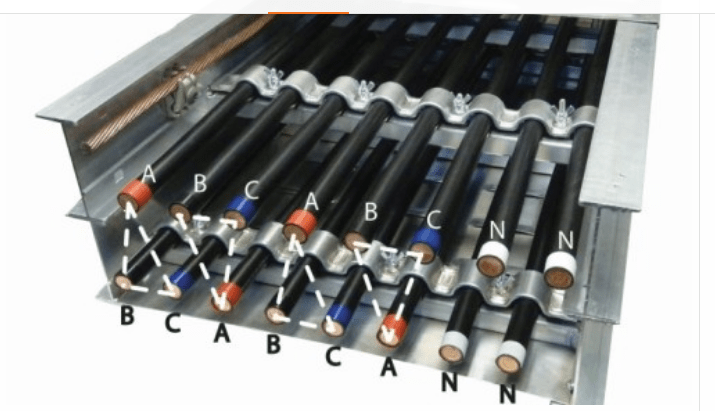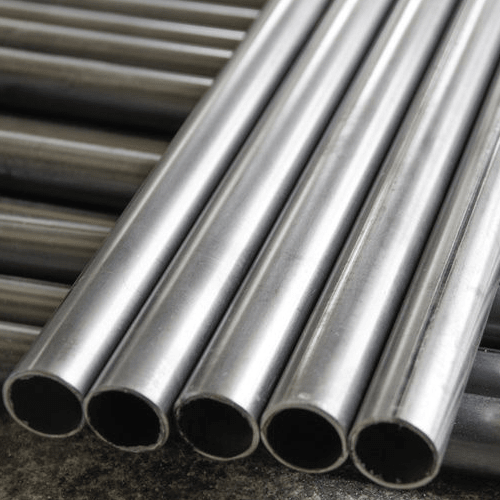reesechen15
Electrical
- May 7, 2021
- 4
Hi,
We have to wire a battery and battery charger assembly. Can we used THHN wire? Someone said THHN wire is not right for the application, instead it should be wired with automotive wire battery cable type EB due to skin effect. Is this true? Battery cable is much expensive than ordinary THHN wire. Please help.
We have to wire a battery and battery charger assembly. Can we used THHN wire? Someone said THHN wire is not right for the application, instead it should be wired with automotive wire battery cable type EB due to skin effect. Is this true? Battery cable is much expensive than ordinary THHN wire. Please help.


